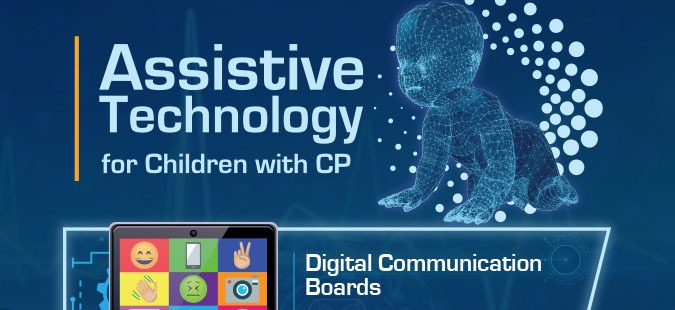
Assistive Technology Improves Quality of Life for Children with CP
The team at The Yost Legal Group has created an infographic to demonstrate how assistive technology can help in the development – specifically the communication abilities – of children with Cerebral Palsy (CP), and how this technology can set them up for the utmost success.
Cerebral Palsy is a birth defect that occurs when the brain is deprived of oxygen during the delivery. Having cerebral palsy can often feel very limiting – especially for children who strive to fit in and be like everyone else.
The severity of each child’s CP disabilities can range from mild to severe not only impacting them physically and intellectually but also emotionally and socially. Some children with CP may have difficulty walking, while others may lack the ability to adequately communicate with others.
While there are aspects to CP that can make various functions more difficult, there are now a variety of devices with technologies that can help them to greatly improve with respect to everything from communications to mobility. This is called assistive technology.
Below is the infographic from the Yost Legal Group:

What is Assistive Technology?
Assistive technology includes any piece of equipment that can be used to help an individual to perform an activity or improve their abilities. Not only can assistive technology help children with basic motor skills, it can also help them to bridge the gap from childhood into adulthood with independence. Some other benefits of using assistive technology devices may include:
- More social engagement
- Greater self-sufficiency
- More social inclusion
- Improved academic performance
- Greater self-confidence
- Improved communication
Types of Assistive Technology
Many children with CP struggle with communication, sometimes having muscle issues making it difficult to form words, be social, learn within group settings, and express needs and emotions. Often children with CP will work with Speech Language Pathology (SLP) Therapists or other professionals to improve these skills. Accordingly, SLPs often leverage assistive technology to help accomplish this. Such technology includes:
- Digital communication boards
- Speech-generating devices
- Eye-tracking devices
- Electric mobility scooters
- Cochlear implants
- Large-print computers & books
What Does This Mean For a Child With CP?
It is important to remember that when a team of medical specialists recommends these devices, they can make a big impact. With the assistance of this technology, children with CP can gain a greater overall quality of life.